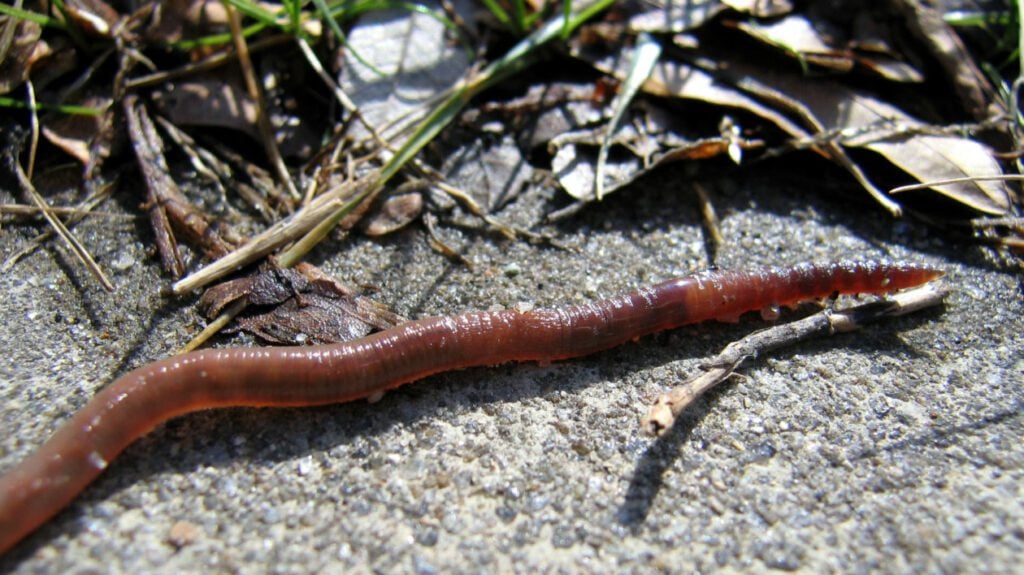An earthworm is a terrestrial invertebrate that is part of the phylum Annelida. They are easily found anywhere in the world with soil and water. They are essential for distributing nutrients and organisms and decomposing matter. But did you know that earthworms don’t drown?
Earthworms may survive several days submerged in water and cannot drown as a human or other animals would. They can manage water as easily as air, and they breathe through their skin.
Why Don’t Earthworms Drown?
According to conventional opinions, earthworms migrate to the surface after rain because they cannot breathe. Children are still taught this in schools, and many in-depth explanations are available online. Most feel that earthworms lose their ability to breathe when subsurface air pockets and worm pathways are flooded. It is logical.
But the majority of researchers contest this justification. According to Chris Lowe, a researcher at the University of Central Lancashire, earthworms breathe through their skin and need moisture to do so.
When their lungs get too full of water, people drown. Due to their lack of lungs, earthworms do not experience this. As per numerous studies, most earthworm species can survive submerged in water for at least two weeks.
Most widely read scientific accounts today dismiss the notion of the drowning worm as a myth. Even if it seems unlikely to be the only cause, we shouldn’t necessarily discount it. For instance, the researchers discovered that worm behavior after rain varied depending on the species.
The Taiwanese researchers looked into two earthworm species with various life histories. One species consumed more oxygen during the day than at night, while the other consumed less oxygen throughout the day.
The species that needed more oxygen at night had trouble surviving submersion. It was remarkably intolerant of rain and surfaced at night when it required oxygen the most.
Even when it rained, the other species never surfaced. It could withstand water immersion better because of its regular, decreased oxygen consumption. (Source: Cool Green Science – Smarter by Nature)
How Do Earthworms Find Their Mates?
The answer that most earthworm and soil scientists have come to accept is this one: Even for earthworms, moving through the soil is relatively slow and challenging. On the surface, they have far greater mobility. The issue is that earthworms require constant moisture. If they were above ground, they would typically begin to dehydrate.
However, the ground is sufficiently moist after rain for worms to live and stay hydrated. They can roam around and locate mates more readily for some species. It might just be a means of dispersal and expansion into new areas for other earthworms. They can move over considerably greater distances than when they were underground.
Of course, leaving the surface is dangerous. Birds and other predators can quickly get their hands on the earthworms. In our urban and suburban environments, they become impaled on sidewalks, patios, and highways. (Source: Cool Green Science – Smarter by Nature)
